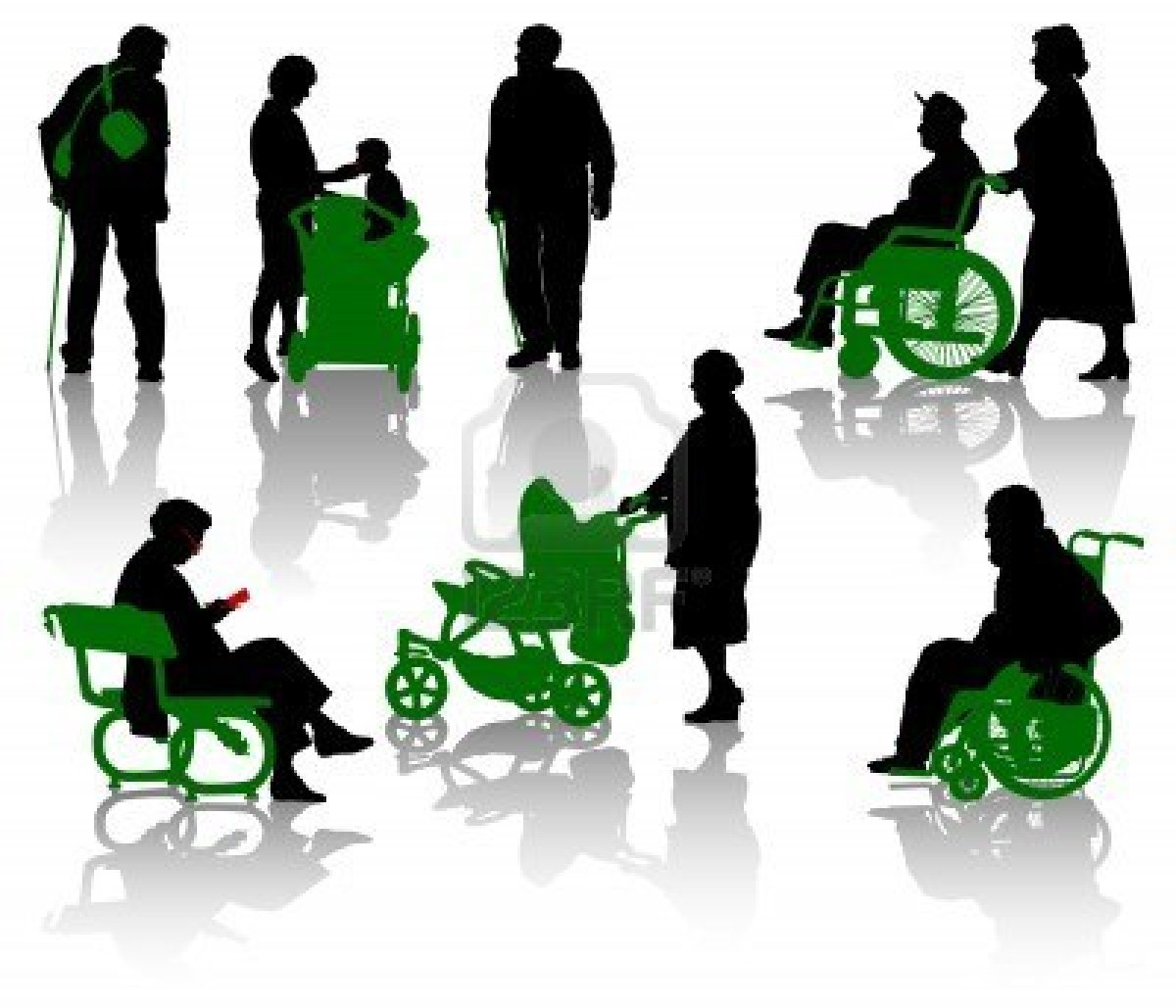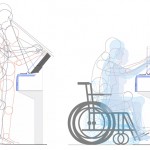At OptimalPerformanceBlog@Wordpress.com and during our talks with TLOMA and BOMA this month we are trying to reinforce to all businesses in Ontario that the AODA is about a healthy business and economy. 17-20% of our potential workforce and consumers cannot access our economy. Our economy cannot grow if we ignore this large percentage of our potential workforce and consumer. Contact 1 888 768-2106 to learn how Optimal’s accessibility consultants can firmly plant AODA principles into your business strategically and effectively.
Article by Jennah Bedrosian Huff Post for January 25th 2013
Jennah Bedrosian
Policy & Strategy Associate, American Association of People with Disabilities
Meet Max. Max is a U.S Air Force veteran, he has a Masters in Counseling, and he happens to have a disability as a byproduct of his military service. After fighting for his country and attaining a high level of skill in his chosen profession, he was hired as a professional counselor in 2011. During the first few months of his probationary period, Max disclosed that he had a disability and asked his employer to leave work for one hour a week so that he could receive his injectable medication — medication that could only be administered by a medical professional. Max was promptly fired from his first and only professional counseling job.
This story is not original. For a variety of reasons, situations like Max’s happen all the time in America.
The unemployment rate for people with disabilities is twice the national average. Particularly during the recession, we saw people with disabilities losing jobs five times faster than people without disabilities. Only 25 percent of people with disabilities are meaningfully employed, while 75 percent are unemployed or underemployed.
This is not for a lack of want or skill. In fact, recent studies show employers who hire people with disabilities report a higher level of dedication and increased retention. Like Max, employees with disabilities have unique skills and experience that can’t be found in other sectors. When you face your own unique challenges on a daily basis, it forces you to approach other work-related challenges in unique ways, as well. As an organization, we believe a future without diversity is no future at all.
That’s why the American Association of People with Disabilities (AAPD) has been collaborating with businesses, government agencies, and other not-for-profit organizations to help Americans with disabilities get back to work. Through our unique Summer Internship Program, our annual Disability Mentoring Day, and our upcoming employer benchmarking tool, in collaboration with the United States Business Leadership Network (USBLN), we are creating opportunities to empower and employ a community that is currently being left out of the workforce.
Employment gives people a purpose, not only economic self-sufficiency. Education is another factor that impacts the employment rate. Employment rates go up by 50 percent for people with disabilities who go to college. But how are you supposed to learn the skills to employment when you can’t even access the building? AAPD is also working to remove these barriers to participation. Through our Higher Education program we are working with universities to increase inclusion of people with disabilities, whether through access, community supports, or other incentives; we are working to ensure that everyone is able to compete on a level playing field.
If we are going to be competitive in the future, we need great ideas from every available resource. Employing people with disabilities strengthens the economy and honors our national commitment to our children, our veterans, and our future. We have made great progress since the passage of the Americans with Disabilities Act, but we are not done yet.
Ultimately, we do this job so that one day we won’t have to. We envision a future where every individual is valued for their ability, not their disability. Help us create a future full of possibility, a future where everyone is included.
Visit www.aapd.com to find out more about what we do and to become part of our community.



